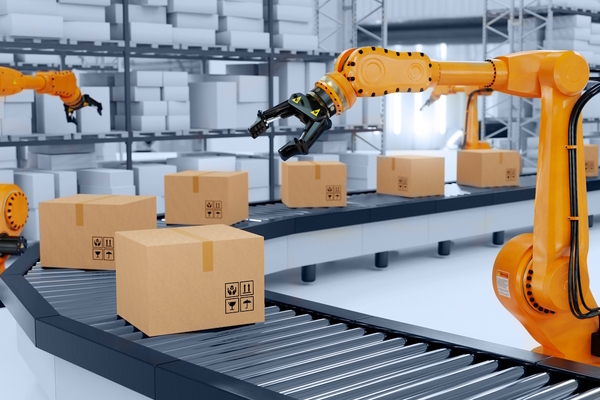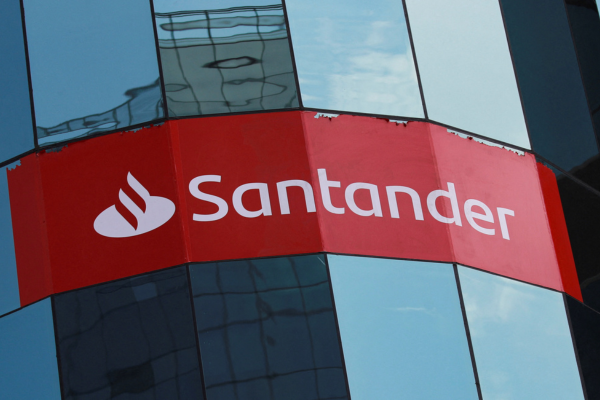Driving demand for AI pricing-July 2021

Anastasia Laska at Revionics describes how inflation, consumer behaviour shifts and volatility are combining to drive an increased requirement for AI pricing technology
Before COVID-19, AI-driven price optimisation was largely seen as a solution only for the largest players in the retail industry. The pandemic, however, created a new sense of urgency across all sectors and tiers of retail to infuse AI into pricing practices.
The reason for this change, undoubtedly, involves the extreme ups and downs that retailers (and their pricing teams) have had to contend with during the past 18 months.
From the panic buying of essential goods and the prolonged lockdowns of discretionary retailers to supply chain shortages, inflation, “revenge shopping” and shifting consumer purchase journeys, retail has been faced with a period of extreme volatility.
This widespread unpredictability has wreaked havoc on traditional pricing practices based on supply and demand. These are unprecedented times, yet somehow retailers are expected to adapt their prices accordingly – across all products, markets and channels – and do so in a way that accounts for consumers’ heightened price sensitivity and the rising cost of goods.
It’s a lot to ask – particularly for retailers that do not have the necessary people, processes and systems in place to manage this change effectively.
Adding to this complexity, the crisis exposed the need for retailers to adapt at a faster pace. Retailers were forced to accelerate their digital transformation strategies, both to make it through the crisis and to better equip their businesses to manage future disruptions.
As part of this digital-investment shift, an increasing number of retailers are turning to AI technologies to regain control of their pricing functions.
Pricing gets an ‘artificial’ boost
Although retail is highly complex, with innumerable factors influencing consumer purchase decisions, pricing remains the single most effective way to quickly influence demand.
And in today’s hypercompetitive world – where shoppers have smartphones at the ready to price compare – AI-powered pricing strategies are essential to support robust, profitable demand.
With AI, self-learning algorithms can scan vast amounts of data, calculate myriad pricing scenarios and suggest the best possible price to satisfy customers, drive increased sales and optimise profit margins.
Retailers are able to account for the numerous factors that influence demand, such as weather, public holidays, competition and footfall, to name a few. Using this information and more, retailers can predict demand with accuracy and precision, and offer shoppers the right price, in the appropriate channel, at the right time.
Retail pricing remains both an art and a science. But in short, as omnichannel retailing has grown more complex, science can no longer be missing from the equation.
Refresh pricing strategies: don’t just revert!
In most markets around the world, retailers are now able to shift their focus from managing through the crisis to investing in the future.
As part of this, retailers need to evaluate every aspect of their go-forward pricing and promotional strategies. The key here is to not simply revert to the pricing strategies and tactics that were in play in 2019.
The industry as a whole – and consumers’ shopping behaviours – have irrevocably shifted. This means retailers need to infuse new consumer data and insights into their pricing and promotional strategies, and ask themselves these questions:
- Are we prioritising the right key items?
- Are the right zoning and channel strategies still in place?
- Are the same competitors still relevant – and did new competitors enter the market?
- Are category pricing roles up to date?
These are just some of the areas retailers need to evaluate as part of a comprehensive analysis of pricing practices.
Pricing’s role in customer experience: retail’s ‘new normal’
In retail, perception is reality. This is particularly true with pricing, where consumers are well-informed and have developed strong perceptions of pricing over time. Creating the right pricing and promotional strategies can lead to enormous value generation and a much stronger price perception in the market. Retailers that leverage advanced analytics can identify which items matter most to shoppers and develop the optimal balance of price increases and decreases across their assortment.
They are then able to offer shoppers better prices on the items shoppers care most about, making it a win-win for consumers and retailers alike. Understanding how price will influence a shopper’s purchase behaviour is critical, and the use of AI and machine learning algorithms is instrumental to this process.
No matter where a consumer is interacting with a retailer, pricing can be a powerful catalyst to increase shopper frequency, regain market share, drive profits, and fund sales-boosting activities such as promotional campaigns and investments in omnichannel capabilities.
Although many retailers have been hit hard by the pandemic, there is no better time to reset and build a pricing structure for the future – one built on the analytical tools and data that will contribute to retailers’ success in the new normal.
Anastasia Laska is VP of Business Development and Partner Alliances EMEA at Revionics, an Aptos Company

Business Reporter Team
Most Viewed
Winston House, 3rd Floor, Units 306-309, 2-4 Dollis Park, London, N3 1HF
23-29 Hendon Lane, London, N3 1RT
020 8349 4363
© 2024, Lyonsdown Limited. Business Reporter® is a registered trademark of Lyonsdown Ltd. VAT registration number: 830519543





